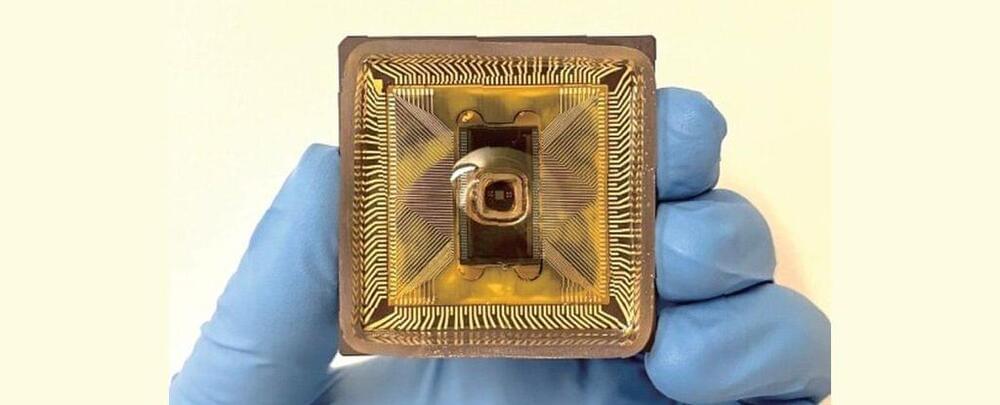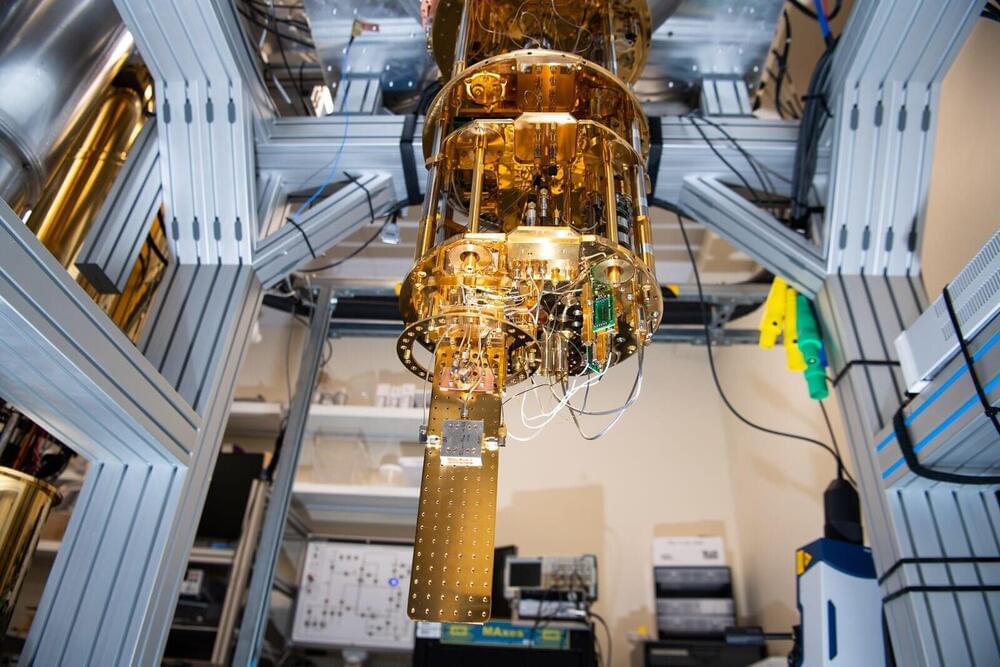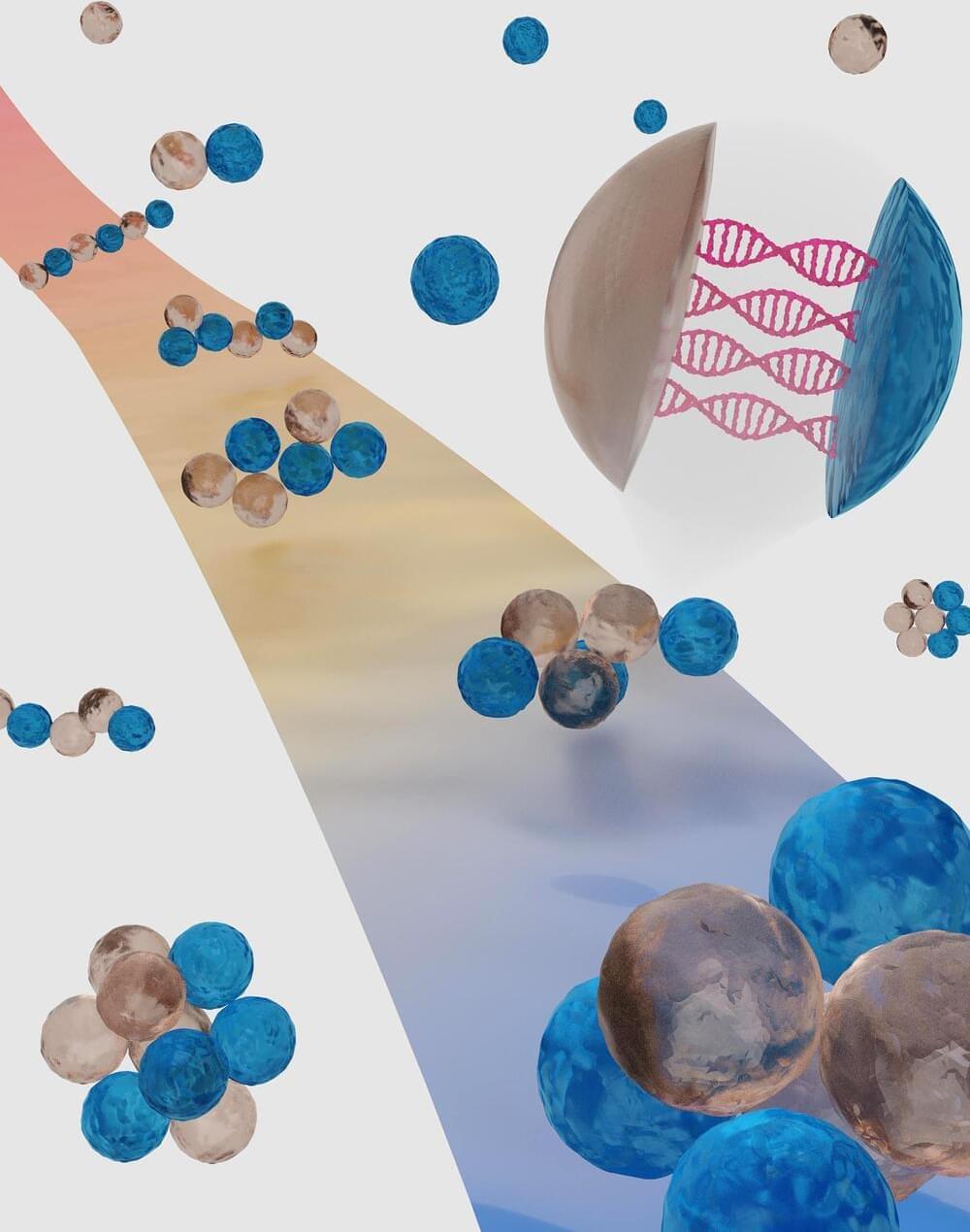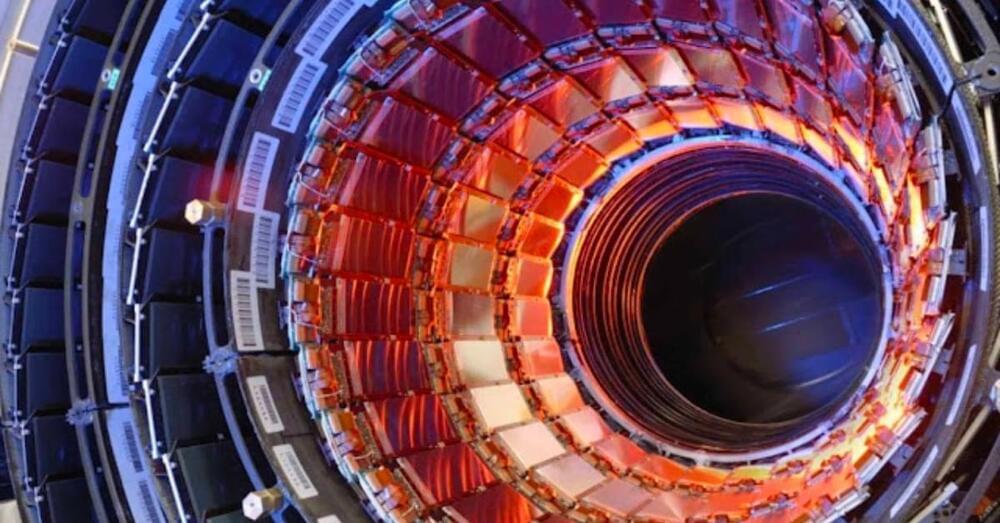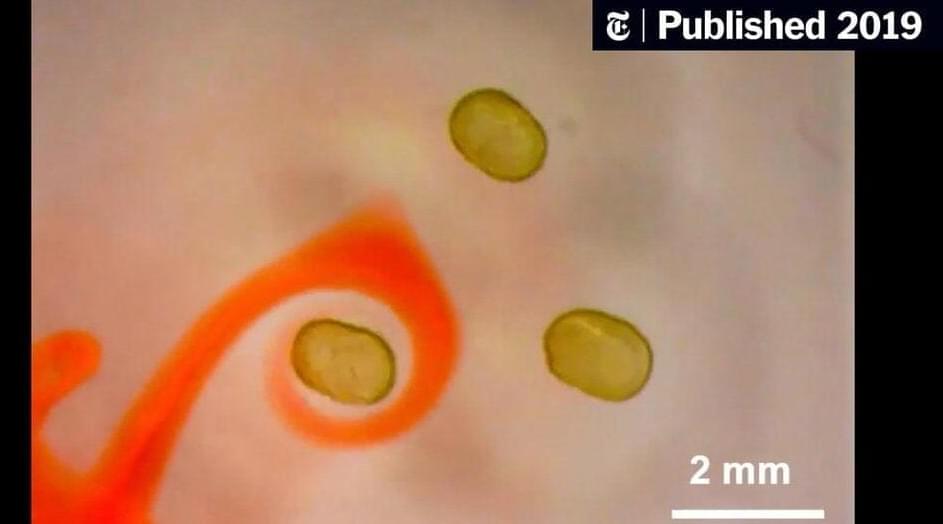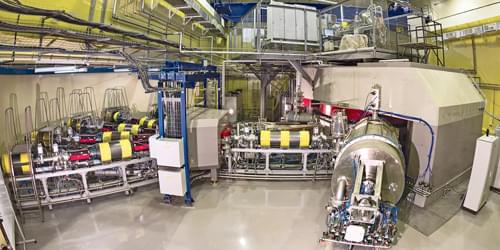Oct 3, 2022
Can stringy physics rescue the universe from a catastrophic transformation?
Posted by Dan Breeden in categories: cosmology, particle physics, quantum physics
Our universe may be fundamentally unstable. In a flash, the vacuum of space-time may find a new ground state, triggering a cataclysmic transformation of the physics of the universe.
Or not. A new understanding inspired by string theory shows that our universe may be more stable than we previously thought.
Within the first microseconds of the Big Bang, the universe underwent a series of radical phase transitions. The four forces of nature — electromagnetism, gravity, the strong nuclear force and the weak nuclear force — were at one time unified into a single force. Physicists do not know the character or nature of this force, but they do know that it didn’t last long.


